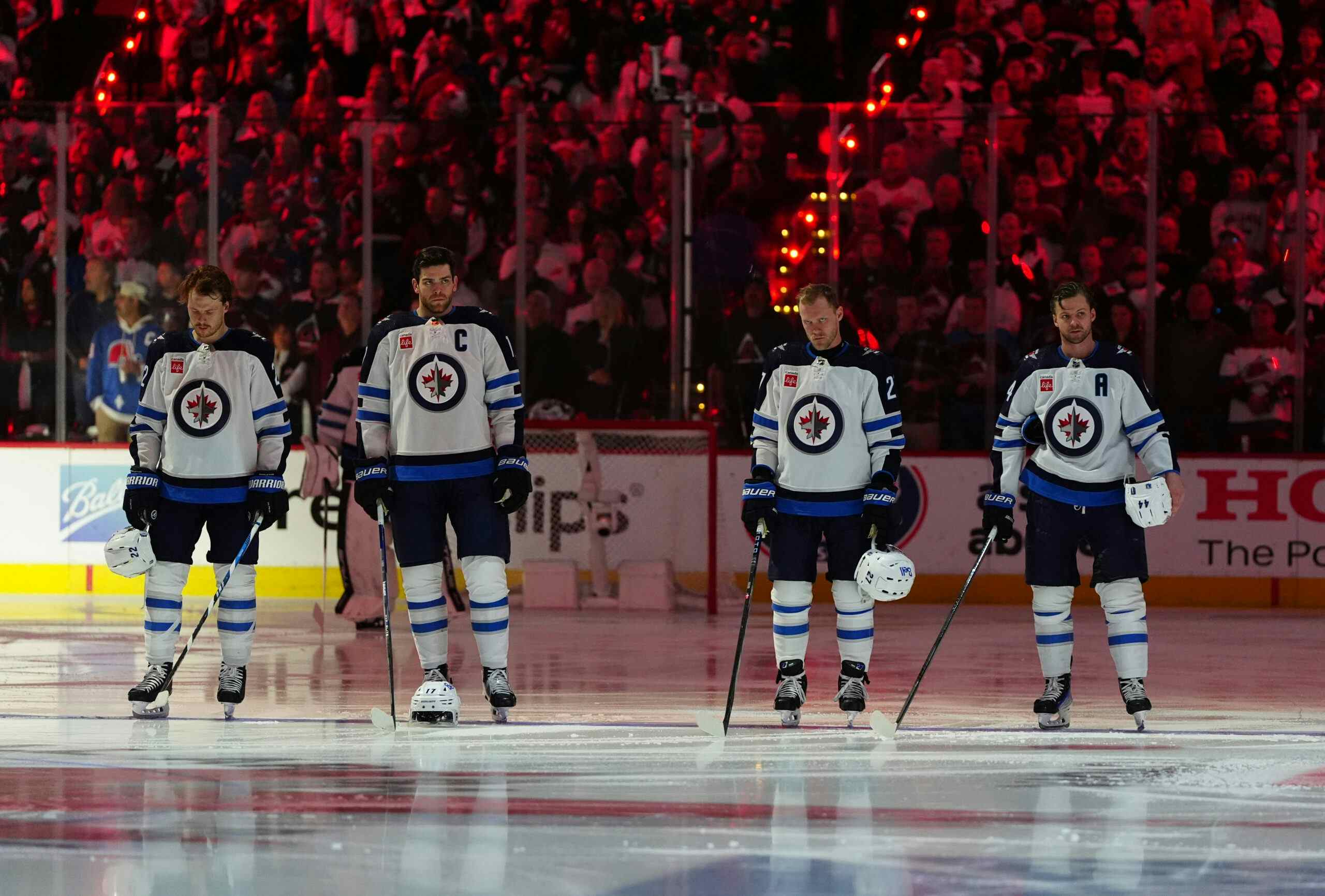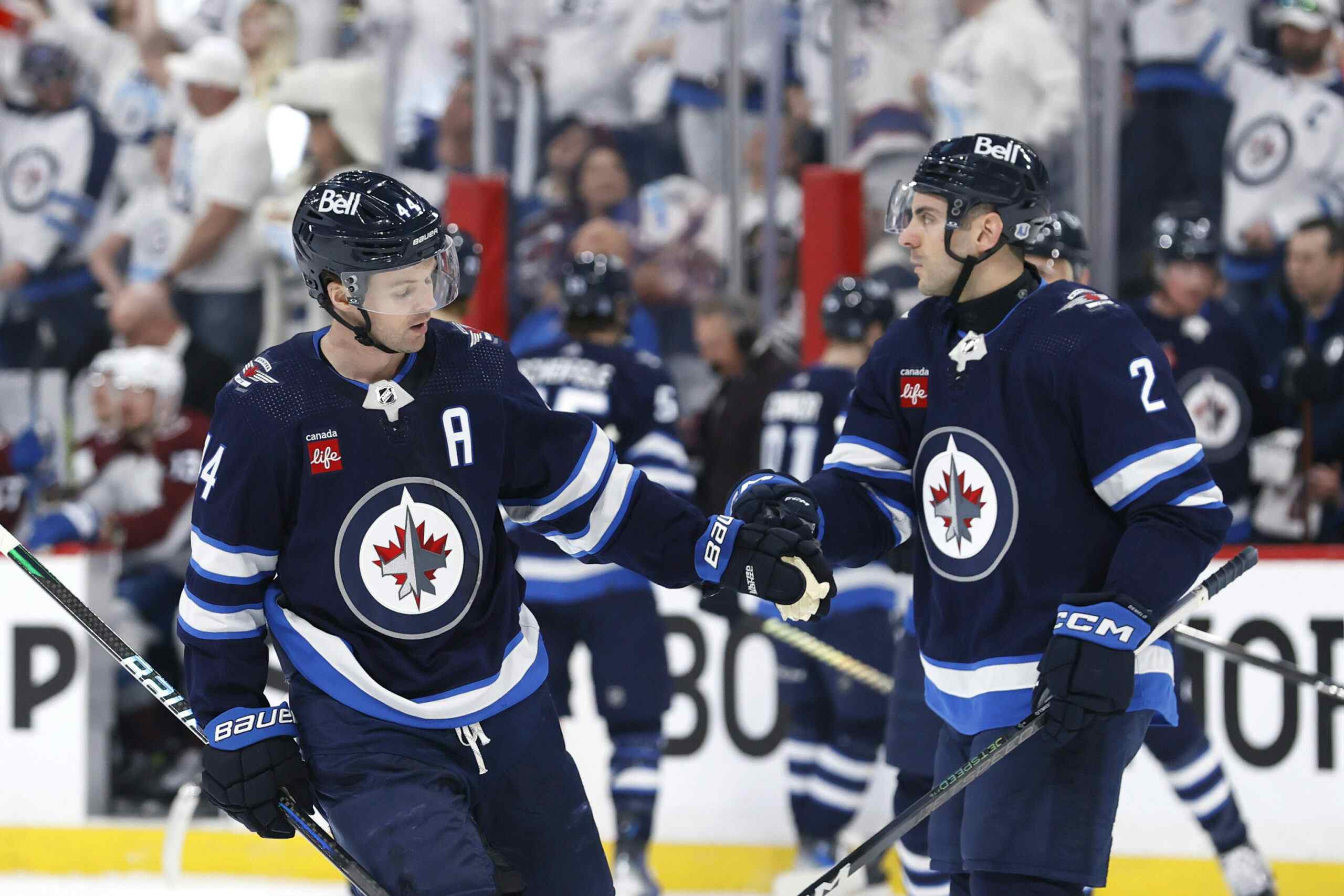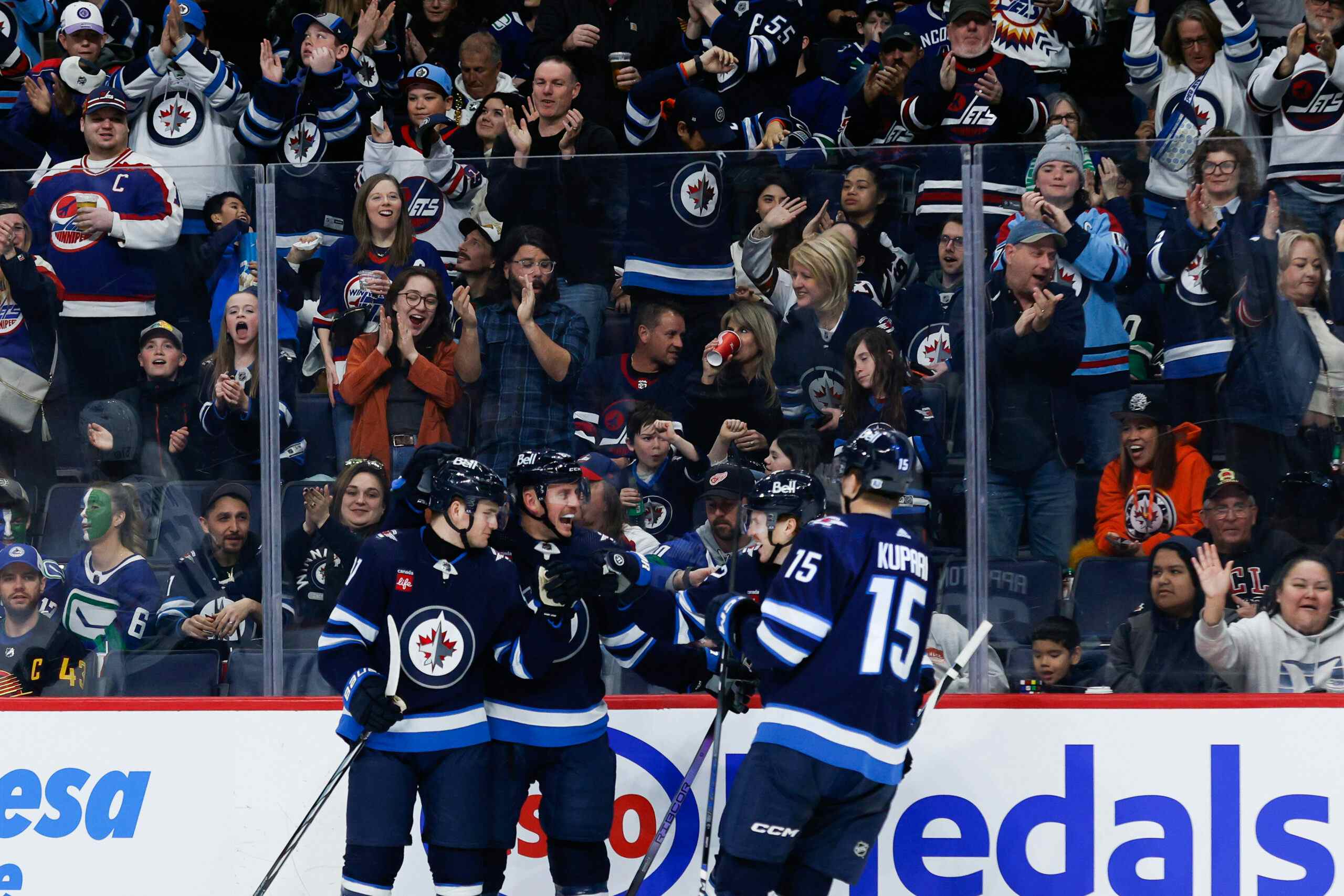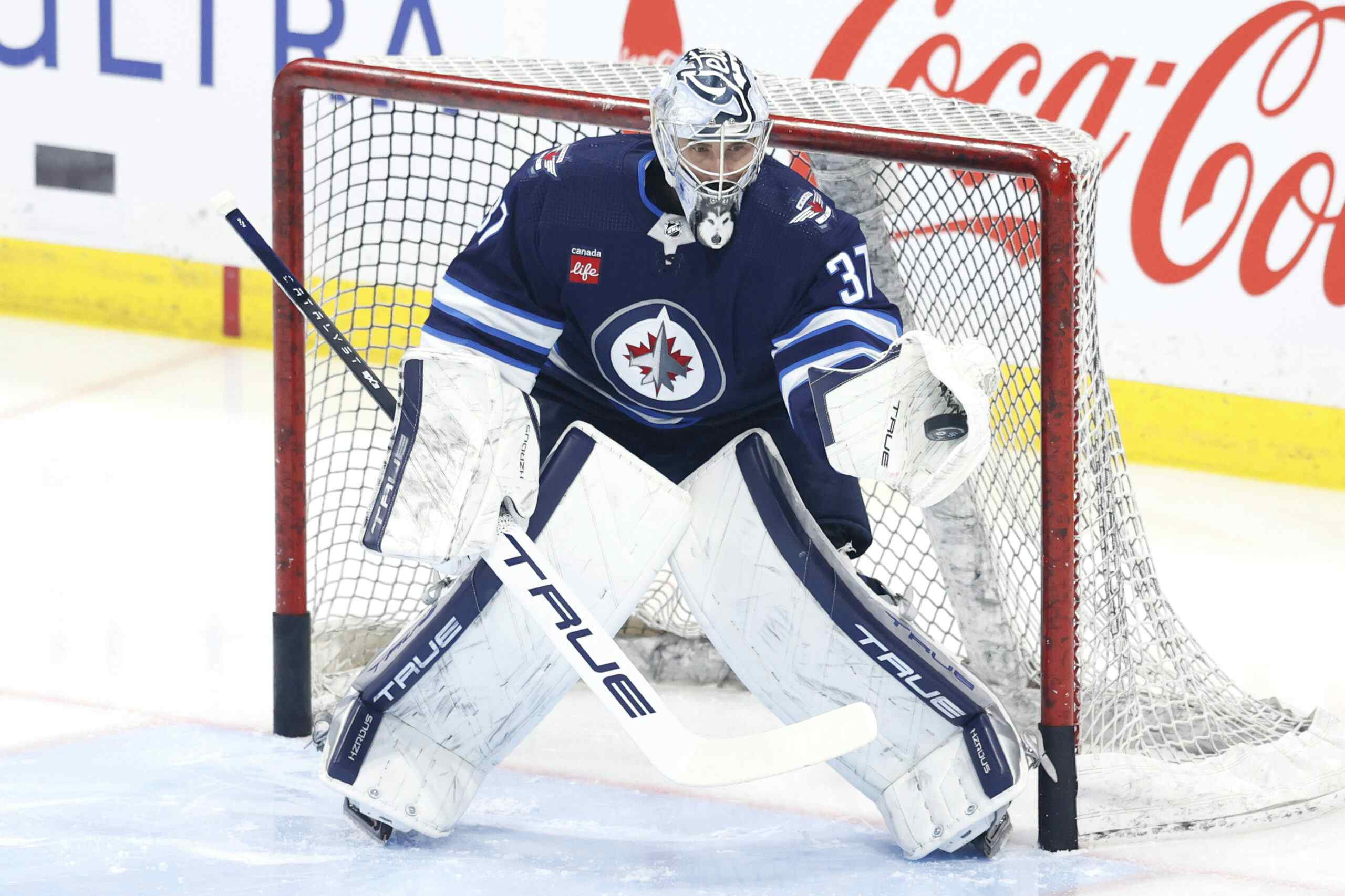Slicing and dicing the Winnipeg Jets increase in goals against
By Garret Hohl
9 years agoTension is getting higher and blood pressure for fans is starting to rise. There are some calling for Kevin Cheveldayoff to take step in and make an immediate impact. The Jets have recently seen an uncharacteristic rise in goals against, and with it came a bad losing streak.
The time for panic has not yet arisen.
This is not to say some concern is not valid. The Jets seem to have slowed down since the All-Star break and those chasing them seem to have picked up the pace.
As of yesterday, Sports Club Statistics have the Jets around 50% chance to make the playoffs. Micah McCurdy’s model based on the more reliable shot metrics has the Jets’ chances just over 75%.
The Jets will need to improve over the stretch drive if they are to put their destiny in their own hands.
For the most part the Jets have had no issues with scoring. Their primary issues have been with preventing goals against.

The above graphs show the Jets rolling ten game average for goals against per sixty minutes. The left is on the penalty kill, while the right is for 5-on-5 situations.
The largest increase in goals against has come on the penalty kill. As we have discussed previously, the Jets have been called for more penalties as of late. Now we see that the Jets are also performing worse in killing them.
Where has this increase in goal against rates come from?

The graphs above are for the Jets rolling ten game average for scoring chances against per sixty minutes. Again, the left is for short handed minutes, while the right is even strength (5v5).
The Jets have actually started improving in reducing chances lately for even strength after a recent rocky period. The penalty kill though has seen a stark increase in chances.
Early in the year the Jets were receiving praise for their excellent work while short handed. A large portion of this success was driven by the Jets skilled players taking heavy penalty kill assignments. That eventually changed. Mark Stuart and Jim Slater started receiving more work, despite being consistently the worst performers in suppressing shot attempts against.

The Jets goaltending has also suffered lately, both on the penalty kill and at even strength.

It’s difficult to see in the images, but spread in the y-axis for the short handed minutes (left) is just over three times larger than the spread for even strength (right).
The Jets’ save percentage for both situations has fallen. The 5-on-5 numbers are not optimal, will hopefully bounce back somewhat over the next while.
The real killer has been the Jets save percentage while short handed. The Jets have the second worst penalty kill save percentage in the entire NHL since the all star break, stopping only 80.7 percent of shots against.
Overall the Jets recent play has lead some to be concerned the team will miss the play offs. The loss of Evander Kane and Mathieu Perreault have only added to the fire.
Not all is lost though. The Jets point pace has improved since their 5 game point streak. The team also has the league’s highest 5v5 Corsi rating since the All-Star break.
The Jets problems predominately come from three ares:
– Penalty minutes: not enough discipline
– Penalty kill: not optimal player deployment
– Goaltending: save percentage tanking
Two out of three of issues can be fixed without needing to change the roster.
The third unfortunately relies on a bit of luck as goaltenders are voodoo. If the Jets can fix their issues with penalties, start using the right players on the penalty kill, and Michael Hutchinson bounces back to just half of what he was before, the Jets should be okay.
Kevin Cheveldayoff can definitely help his team’s chance in making the playoffs by finding some additional talent. However, the three primary causes of the Jets issues are not likely fixed through the trade market.
Recent articles from Garret Hohl





